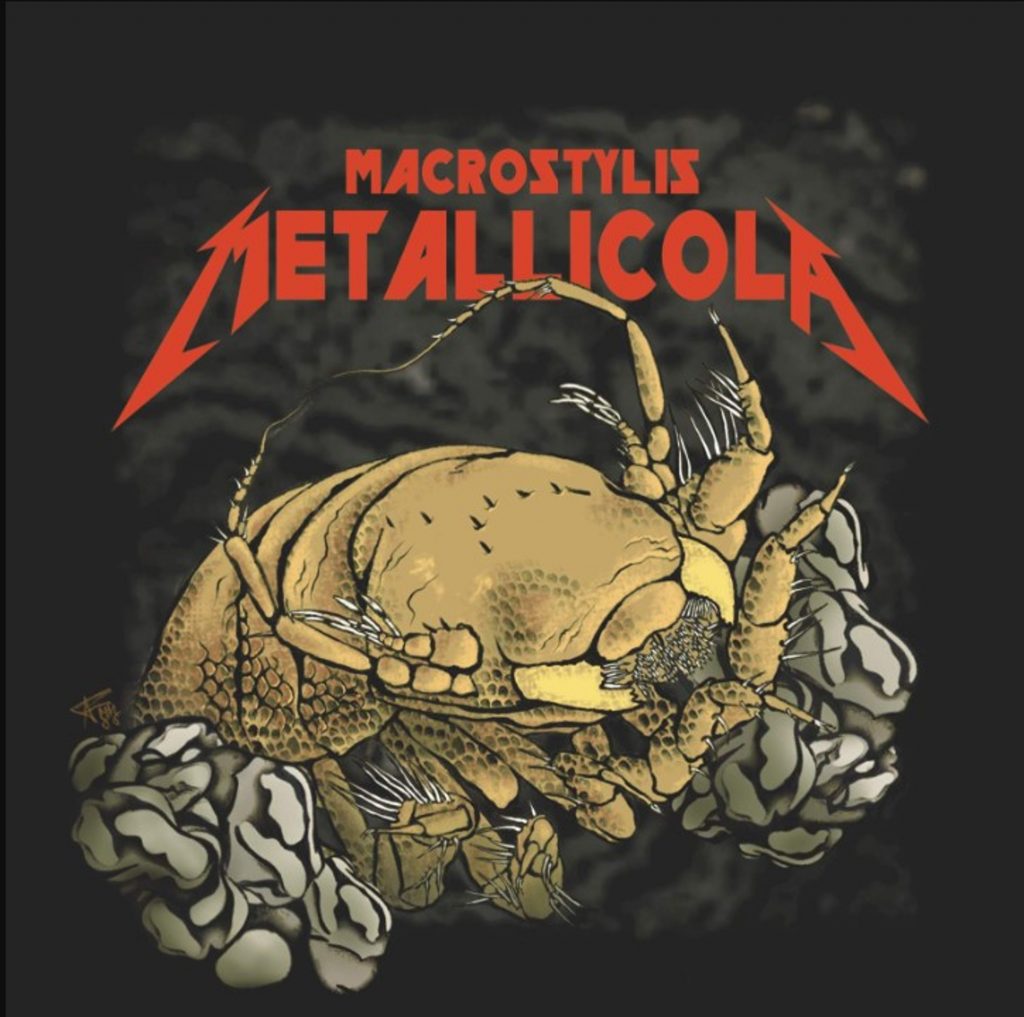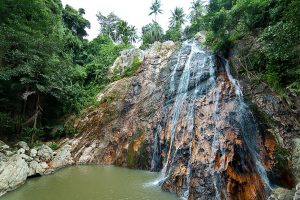Story By: Sofija Dizdarevik, Sub-Editor: Joseph Golder, Agency: Central European News
A crab that lives 15,000 feet below the surface of the Pacific Ocean has been dubbed the Metallica crab after it was officially named Macrostylis metallicola by scientists.
The previously unknown crustacean was discovered living in the bottom of the Clarion Clipperton Zone which is located between Hawaii and Mexico.
It is perfectly suited for the harsh conditions in which it lives including the fact that there is no light – which means it has no eyes – and the fact that it can withstand pressures 400 times greater than we experience in the surface as it lives at depths of up to 5 kilometres (16,400ft) underwater.

Now that it has been discovered and given its official name, Macrostylis metallicola, by Dr Torben Riehl of the Senckenberg Research Institute and Natural History Museum Frankfurt, he has also revealed details about the new find.
He said that the worm was typically around 1/4 of an inch long (0.6 centimetres) and had no eyesight as it was unnecessary because no light could penetrate the cold depths in which it lives.
It also has no colour as colours cannot be seen so far underwater.
The scientist said that the decision to name it after his favourite band was because their “powerful music” have been something that had been a permanent accompaniment during most of his life.
But he also said it was a reflection of the environment in which the creature lived, surrounding by a wealth of minerals including tiny manganese balls that are probably millions of years old and also contain other compounds such as cobalt, copper, nickel and various rare earth elements.
By adding the suffix from the Latin of “-cola” it is referring to the fact that the environment in which the underwater crab lives is influenced by metals, hence the double reason for the name.
He said: “Because of the wealth of resources in this part of the deep sea floor it may soon be mined for minerals needed to meet the growing demand for raw materials.
“The continuously rising demand for metals due to population growth, urbanisation and clean-energy technology leads to resource exploration and exploitation even in, until now, scientifically unknown and hard-to-reach parts of this world, such as the deep sea.
“Very few people are aware that the vast and largely unexplored depths of the oceans harbour bizarre and undiscovered creatures.
“These species are part of the Earth system on which we all depend. The deep sea plays a role in this system being linked to the climate as well as the food webs of the oceans.
“Even if we cannot stop mining from happening, we have to make sure that manganese-nodule exploitation will be conducted in a sustainable manner by implementing proper management plans and protected areas designed to conserve biodiversity and ecosystems can continue to function.”
He said the new Metallica crustacean was simply one example of the many bizarre so far undiscovered creatures that are located in the unexplored depths.
Metallica, one of the most successful bands with over 125 million sold albums, made an official statement on the development saying: “We’ve played on all seven continents, made it into the Rock & Roll Hall of Fame and now we’re a crustacean!
“First of all, stellar name Dr Riehl. Second, what an honour! Not only did Dr Riehn name his discovery after the band as he has been a fan since childhood, The Thing That Should Not Be has a few things in common with us.
“You just never know what you’ll find lurking beneath the sea.”
The ViralTab page is created by and dedicated to professional, independent freelance journalists. It is a place for us to showcase our work. When our news is sold to our media partners, we will include the link here.



